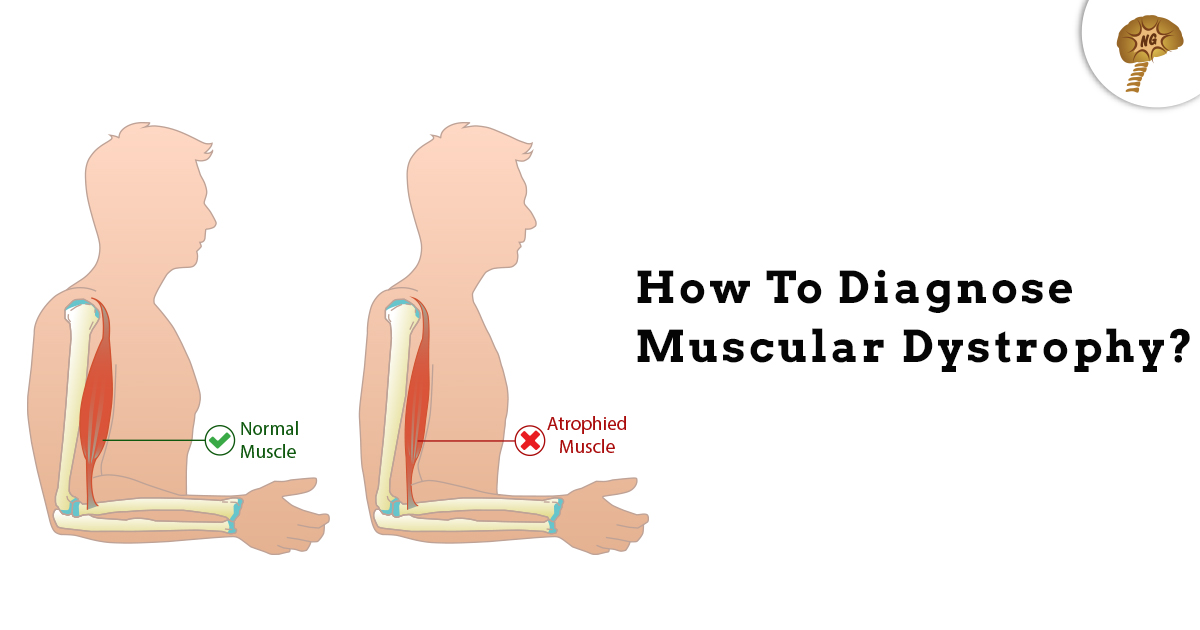
Muscular dystrophy is an assemblage of disorders that result in muscle weakness, loss of strength and flexibility. In some individuals, the problem starts during the early childhood stage or later during their teens.
The effects of muscular dystrophy depends on the type of disorder. If the condition is not treated on time, the symptoms may get worse and patients can lose the ability to walk and talk. Stem cell muscular dystrophy treatment can help to keep muscles well-toned up, flexible and strong.
Symptoms
The symptoms of muscular dystrophy surface at early childhood or during teens. Some of the signs are:
- Loss of balance which results in frequent falls
- Weak muscle tone
- Muscle cramps
- Trouble running, jumping, climbing stairs, etc.
- Waddling gait
- Curved spine (scoliosis)
- Trouble breathing
- Problematic vision
- Droopy eyelids
- Trouble swallowing and breathing
Diagnosis
Muscular dystrophy is diagnosed by the physician through physical examination. The doctors also prescribe several tests to check for the condition, which include:
Blood Test: This test is done to measure the levels of serum creatine kinase, an enzyme released into the bloodstream when muscle deteriorates.
Muscle Biopsies: Muscle biopsies is the extraction of the muscle tissue, using a biopsy needle, for testing. This can provide information about the genes that cause muscular dystrophy and to confirm the mutations in their genes.
Genetic Testing: This test is important to know the reason for missing or mutation of the dystrophin gene. The test also determines whether a woman member in the family has a history of muscular dystrophy and a possible carrier of the disorder along with DNA testing.
Neurological Tests: To identify a form of muscle weakness, detect contractions or reflexes and to rule out nervous system syndrome.
Imaging Tests: Magnetic resonance imaging (MRI) and ultrasound imaging use radio waves and sound waves to obtain pictures to examine muscle quality and fatty muscle tissue.
Heart Testing: Preceding muscular dystrophy treatment with stem cells, the individuals undergo an electrocardiogram (ECG) test to measure the frequency of their heartbeats.
Bone marrow mesenchymal stem cells are the best option to treat patients with muscular dystrophy. The treatment is available at Neurogen hospital with dedicated staff available 24X7 to help patients. The hospital has the best GLP (Good Lab Practice) & GMP (Good Medical Practice) certified laboratory with modern equipment. Post cell therapy with stem cells,
Post cell therapy with stem cells, improvements in the motor function was observed in patients with muscular dystrophy. Doctors recommend various therapies according to their needs. Some of the therapies are:
- Physio Therapy: A physiotherapist involves various exercises in the therapy sessions to keep muscles strong and flexible.
- Occupational Therapy: Teaches the child how to make the most of his/her muscles for moving wheelchairs, and other supportive devices.
- Speech Therapy: The therapy helps the patient to use his face-muscles to talk or utter words.
Treatment received through health-care specialties is focussed on managing symptoms and complications of DMD.








